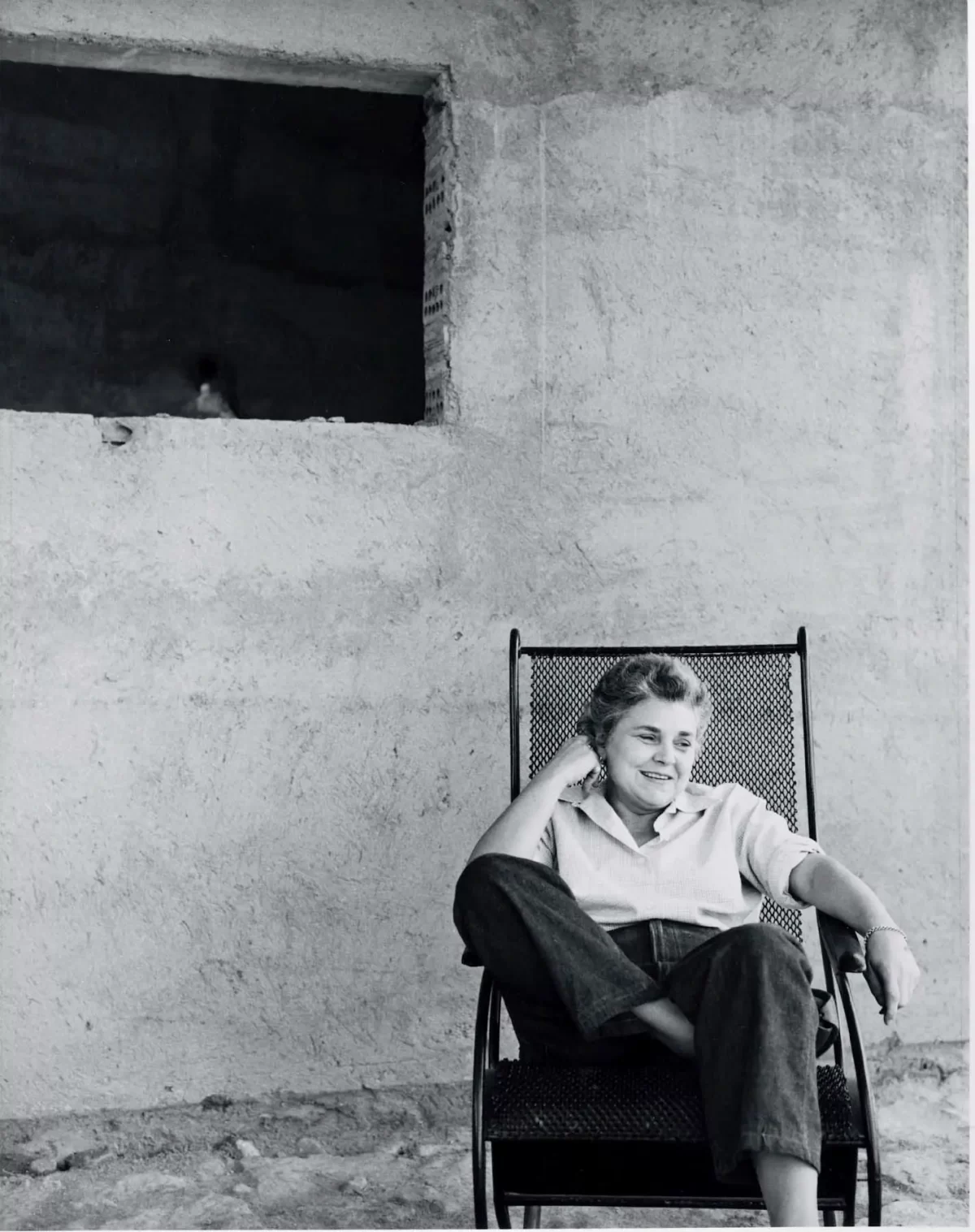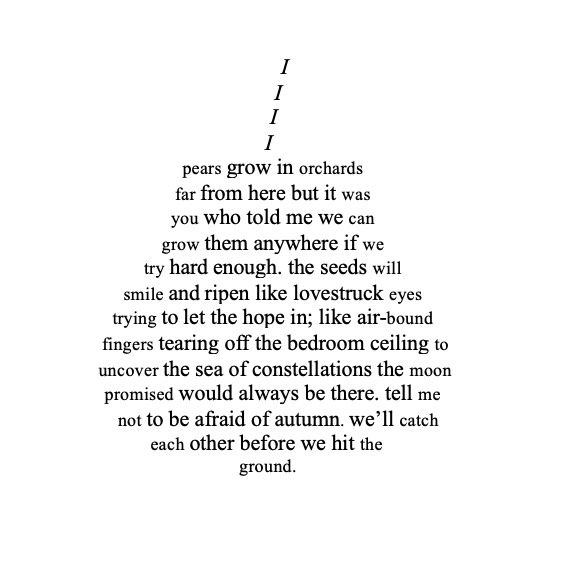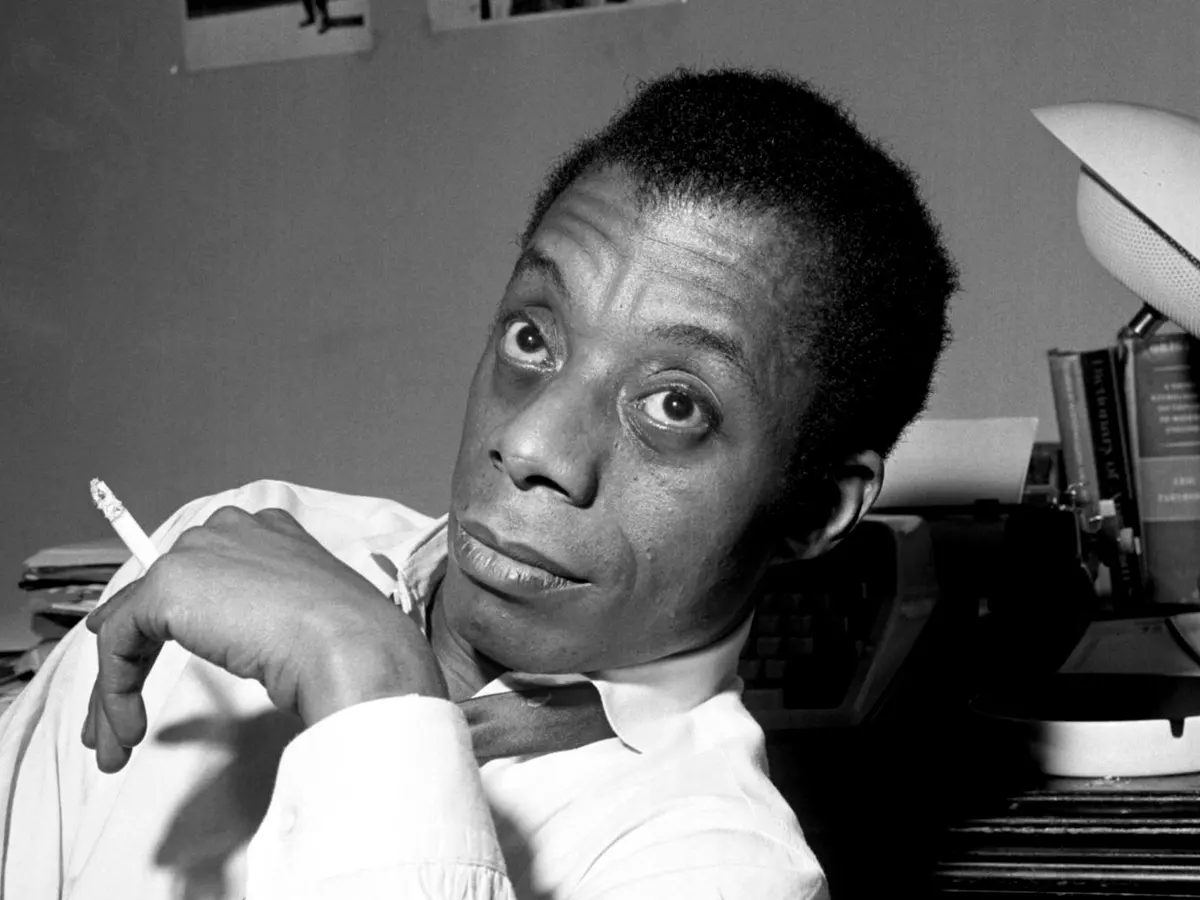by Vadim Goss
‘The art of losing isn’t hard to master’ is the greatest opening line to the greatest villanelle ever written.
On a first reading, ‘One Art’ begins ostensibly simplistic. How yes, indeed, it is easy to lose door keys and have an ‘hour badly spent’. But that’s ok — ‘their loss is no disaster’. And then, in its heartbreaking final stanza, we understand what the poem is really about.
When Elizabeth Bishop was 40, she was awarded a fellowship to travel South America; and it was during her travels in Brazil when she met Maria “Lota” Soares, a daughter from a prominent Rio de Janeiro family. Bishop was only supposed to stay for two weeks in Brazil. In the end, she stayed for 15 years. It was during this period Bishop wrote her third and most outwardly joyful volume of published work, Questions of Travel, in 1965. The work is markedly different from her previous collections, North and South and A Cold Spring, with the shedding of her insular, New England upbringing in favour of a more mature, more outward facing poetic. And whilst the theme of place remained (and indeed, would always remain), what it signified underwent significant alteration. That instead of it being somewhere one has been, rather, place became somewhere one arrives.
As mentioned, there is an immense amount of joy in Questions of Travel. For we get to witness Bishop’s voice grow as if a bird learning to fly — beginning as the outsider in ‘Arriving in Santos’, before developing to that of the full-fledged native in ‘The Riverman’. Such joy is compounded in its context, running parallel with Bishop and Soares’ love story — a journey which too began under foreign skies and found its home through a blissful familiarity, reaching the clouds. For as much as the work is a love letter to Brazil; as much as it is a testament to the importance of travel and the virtues found in new beginnings, more significantly the work is an ode to Soares; to the discovery of love and the long-awaited aggrandisement of Bishop’s own homosexuality. It is an object which unveils how love is transformative across all strata.
Questions of Travel was Bishop’s most hopeful collection. A work which encapsulated the sheer happiness of a life kept waiting now living. But this happiness, like all happiness eventually one must suppose, was not to last. Yet in this particularity, its ending was that of superlative horror. In September 1967, very shortly after she went with Bishop back to New York, Soares took her own life. Questions, in turn, gained an unwanted context and thus an unwanted new way of reading it — becoming a work that no longer lived in happiness, but could only reminisce. More than that, it felt (and still reads now) as if it is begging to reminisce.
8 years later, Bishop began writing ‘One Art’. Conversely, one might question why it took her 8 years to address the subject. But as the poem itself answers, grief makes the memory of love as young and as old as yesterday. “Lota”, who had been gone for 8 years, had never left. Perhaps any attempt at elegy had eluded her for 8 years. Or perhaps, for Bishop, it had only been 8 minutes.
Like Dickinson before her, Bishop had a singularly small body of published work (just a little over a hundred poems), making her, too, anomalous compared to other great poets. Indeed, she was an extensive drafter, known to spend months at a time working and reworking a single poem. ‘One Art’ was no different, amounting to 17 drafts in total. The title, for example, went through several iterations, such as ‘How to Lose Things’, ‘The Gift of Losing Things’, ‘The Art of Losing Things’. Another notable revision was the line ‘I shan’t have lied’, originally ‘I am lying’. And so on. These drafts are particularly revealing, not only in relation to her signature, artistic anxiety, but also in demonstrating an equally real human one.
But how different would ‘One Art’ really be for example, if the title was ‘How to Lose Things’? Or if she wrote ‘I am lying’ instead of ‘I shan’t have lied’? If the former was the title, perhaps it seems Bishop is telegraphing an instruction manual of letting go. If she opted for the latter as the line’s composition, Bishop willingly admits that the poem’s thesis — of how ‘it’s no disaster’ to lose things — is untrue. And yet ‘One Art’ is a product of the struggle between these two anxieties; a constant tremble; an endless grappling between her responsibility as a renowned poet and as a lover who never stopped loving. In this light, ‘How to Lose Things’ suddenly becomes a question Bishop is asking herself, desperately trying to write the answer to rid the pain. ‘I am lying’ becomes Bishop’s own doubt invading an art form which demands a disguise to the writer’s Caliban. Yet I think one has to concede: all these tensions exist in ‘One Art’, whether it’s a draft version attested in her notebook, or the final version.
These tensions define ‘One Art’. They are why it comes across so undecided and elusive. On one hand, we have the poet — the silent communicator whispering to the reader permeable meanings. And on the other, the mourning lover who simply wants to scream and to cry and to convince herself of her own meanings. And whilst this is not unique to the elegy itself — one has to look no further than Tennyson’s In Memoriam and the dedication to his “friend” Arthur Henry Hallam (and we can even go as far back as Milton and the veneration he pays to his “esteemed fellow” Edward King in ‘Lycidas’) — ‘One Art’ is unique because it does not pretend to uphold the elegy’s mythos. There is no attempt to re-write a national consciousness; no lamentations on the state of the English Church. Bishop does not divert her attention to state apparatus. She does not dilute the meaning of the elegy. She stares down at grief undiverted, for they have Lota’s eyes. She demands for them to close, for yet cannot bare the sight of Lota’s light becoming lost forever. For Love is ‘filled with the intent / to be lost’. It should be ‘no disaster’. And yet it will always be. This is the concession that renders heartbreak.
One would be tempted to think there is no “resolution” in ‘One Art’ of which we expect in the traditional elegy. There is a misconception however, that the elegy is supposed to be some sort of cathartic experiment healing the writer from its pain. No doubt this is the consequence of the form’s male lineage, in which coming to terms with grief and “turning away” from it are the same thing. But grief exacts an emotional struggle seemingly too demanding for the masculine sensibility. No male elegists have ever been able to properly deal with grief (except maybe W. H. Auden) because men must always conquer their emotions. They must have their victory over grief. But in grief there is no chance for victory. We have already lost. Bishop’s female sensibility understands this. The “resolution”, if one can call it that, is simply one of this understanding. Grief will always be a cruel contradiction. ‘One Art’ is therefore the anatomy of grief itself — a psychology of contradiction constantly wanting to preserve, to get back, and to let go.
‘One Art’ towers over later twentieth-century poetry. What first appears as an ode to the elegiac tradition becomes something more confessional, more fragmented, and more human. It refuses to be lofty, nor does it seek to be universal — “to speak for everyone”. Bishop speaks her own voice. She sings her own song. It’s the reader’s job to listen. And at its heart, what we hear is a declaration, both mournful and proud. ‘I have loved. I still love.’




